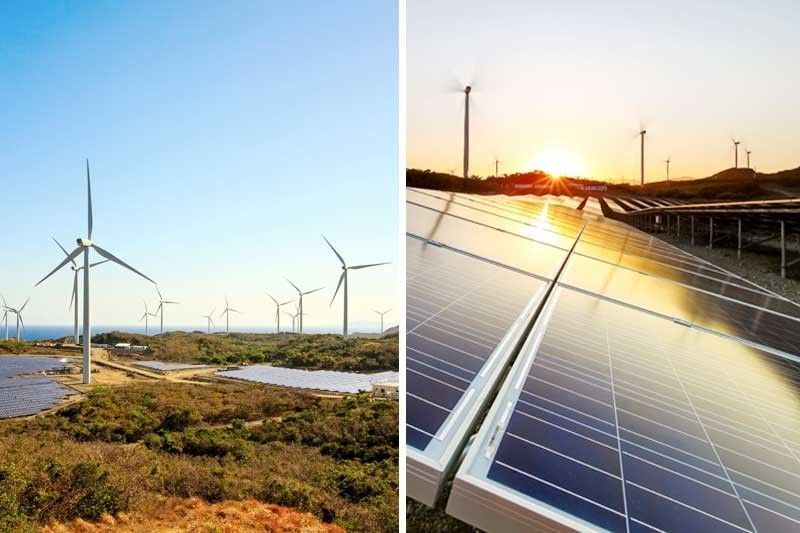Renewable energy companies push development of mini-grids

MANILA, Philippines — Renewable energy developers are pushing for the development of mini-grid systems to fasttrack the achievement of 100 percent electrification in the country.
The Renewable Energy Association of the Philippines (REAP) believes mini-grid systems can accelerate the pace of electrification nationwide.
“Mini-grid systems will play an important role in ensuring and accelerating the total electrification of the country. Being an archipelagic country, centralized power generation can be challenging, if not costly,” REAP president Erel Narida said.
He said mini-grid systems could be a suitable solution for electrification which currently stands at 88.3 percent, with about 2.78 million households still unelectrified as of December 2017, citing data from the Department of Energy (DOE).
“Most of these households are located in Visayas and Mindanao, mostly small islands, either underserved using expensive diesel genset with limited operation or totally unserved. Mini-grid systems can utilize indigenous and new and renewable energy (RE) like solar, wind, hydro, biomass or ocean in power generation that will eventually reduce our dependence on diesel or imported energy,” Narida said.
The REAP official cited the hybrid mini-grid project of Sabang Renewable Energy Corp. (SREC), located in Sitio Sabang in Barangay Cabayugan, where the Puerto Princesa Subterranean National Park is located.
SREC – a consortium of Vivant Energy Corp., Gigawatt Power Inc. and WEnergy Global – will operate a solar-diesel hybrid power plant and an electricity distribution system that will provide stable and reliable renewable energy in Barangay Cabayugan, Puerto Princesa City.
Narida said SREC has showcased such integration / hybridization of RE specifically solar, battery and diesel generator sets as back-up for power generation, making it more socially and environmentally acceptable due to reduced running time of diesel genset, and use of RE as primary source of power.
“It’s very encouraging for local mini-grid developers to follow suit. The next challenge is to accelerate replication with more participation of local small and medium enterprises (SMEs) in the RE market space,” he said.
“The easing of regulations, access to funds, adaption of new RE technologies on integration and understanding the market both economics and social dynamics on island mini-grid are key factors that we have to look into to accelerate this development,” the REAP official said.
Under optimal conditions, SREC’s hybrid plant will generate as much as 2.6-megawatt peak once completed. This will allow the mini-grid to provide power to approximately 10 public buildings, 18 small businesses, 19 hotels and restaurants and 583 households.
The project is seen to spare the environment from over 25,000 metric tons of carbon dioxide emission while providing stable and reliable energy that will improve everyday living in Cabayugan.
- Latest
- Trending
























